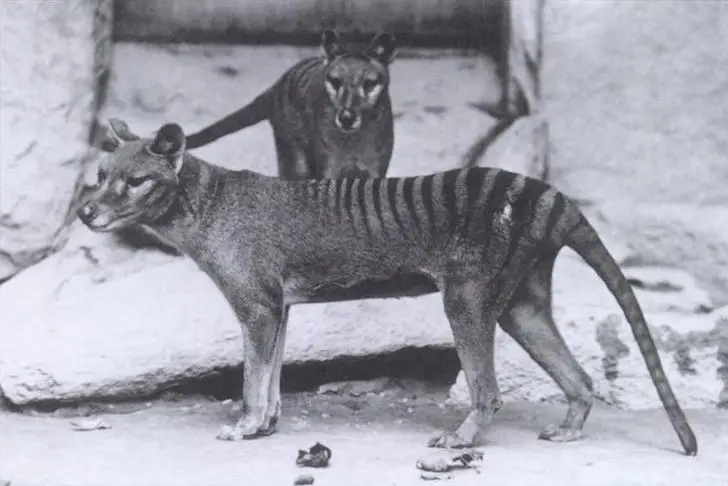Scientists have successfully reconstructed the RNA of the extinct Tasmanian tiger for the first time

Researchers announced the discovery of RNA, the carrier of genetic information, extracted from the desiccated skin and muscles of a Tasmanian tiger specimen preserved since 1891 in the museum in Stockholm.
"RNA sequencing gives you a sense of the real biology and metabolic regulation that was happening in the cells and tissues of Tasmanian tigers before they became extinct," said geneticist and bioinformatician Emilio Marmol Sanchez, the lead author of the study published in the journal Genome Research, as reported by Reuters .
The Tasmanian tiger (thylacine) was a carnivorous predator that hunted kangaroos and other wildlife on the Australian continent and adjacent islands. However, due to human impact, this species became extinct. The last known Tasmanian tiger died in a zoo in Tasmania in 1936. Nevertheless, scientists have continued to study these animals.
In this scientific breakthrough, researchers successfully extracted RNA—the genetic material, much less stable than DNA—from the dry skin and desiccated muscles of a recently extinct animal.
Although the primary goal of the research was not focused on this aspect, the ability to extract, sequence, and analyze ancient RNA may contribute to the efforts of other scientists in the resurrection of extinct species. The recovery of RNA from ancient viruses could also help uncover the causes of past epidemics.









